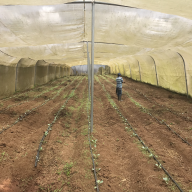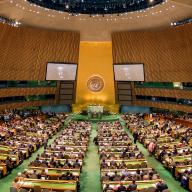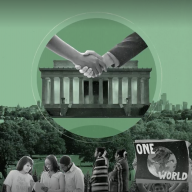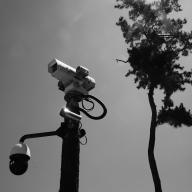Related commentary: Environment of Peace
Cities will play a key role in humanity’s future. More than half of the world’s population (57 per cent) lived in urban areas in 2022 and the share is projected to reach almost 70 per cent by 2050.
Poor and conflict-affected rural settings are among the most vulnerable to the impacts of climate change. To achieve the best outcomes for communities, peacebuilding and resilience-building should go hand in hand.
Keeping the role and rights of IPLCs prominent in the new Global Biodiversity Framework could help to ensure that large-scale nature conservation is just, peaceful and effective.
As world leaders gather in New York for the opening of the 77th session of the United Nations General Assembly, far too many security key indicators are heading in a dangerous direction.
This essay draws on research under SIPRI's Environment of Peace initiative and on the authors' own experience.
Last week saw the launch of SIPRI’s major policy report Environment of Peace: Security in a New Era of Risk.
As environmental activism increasingly takes place online, tactics of slow violence against activists have adapted, making use of social media and other digital tools to target often young activists. One of those methods, digital surveillance, deserves greater attention.






